SET KARŞILIĞI KONSİNYE CİHAZ ANLAŞMALARI
Güney Kore menşeili Ampall PP-9900 PCA Ağrı Pompaları mikroişlemci kontrollü yapısı ile güvenli bir kullanım sağlar.
DETAYLI İNCELE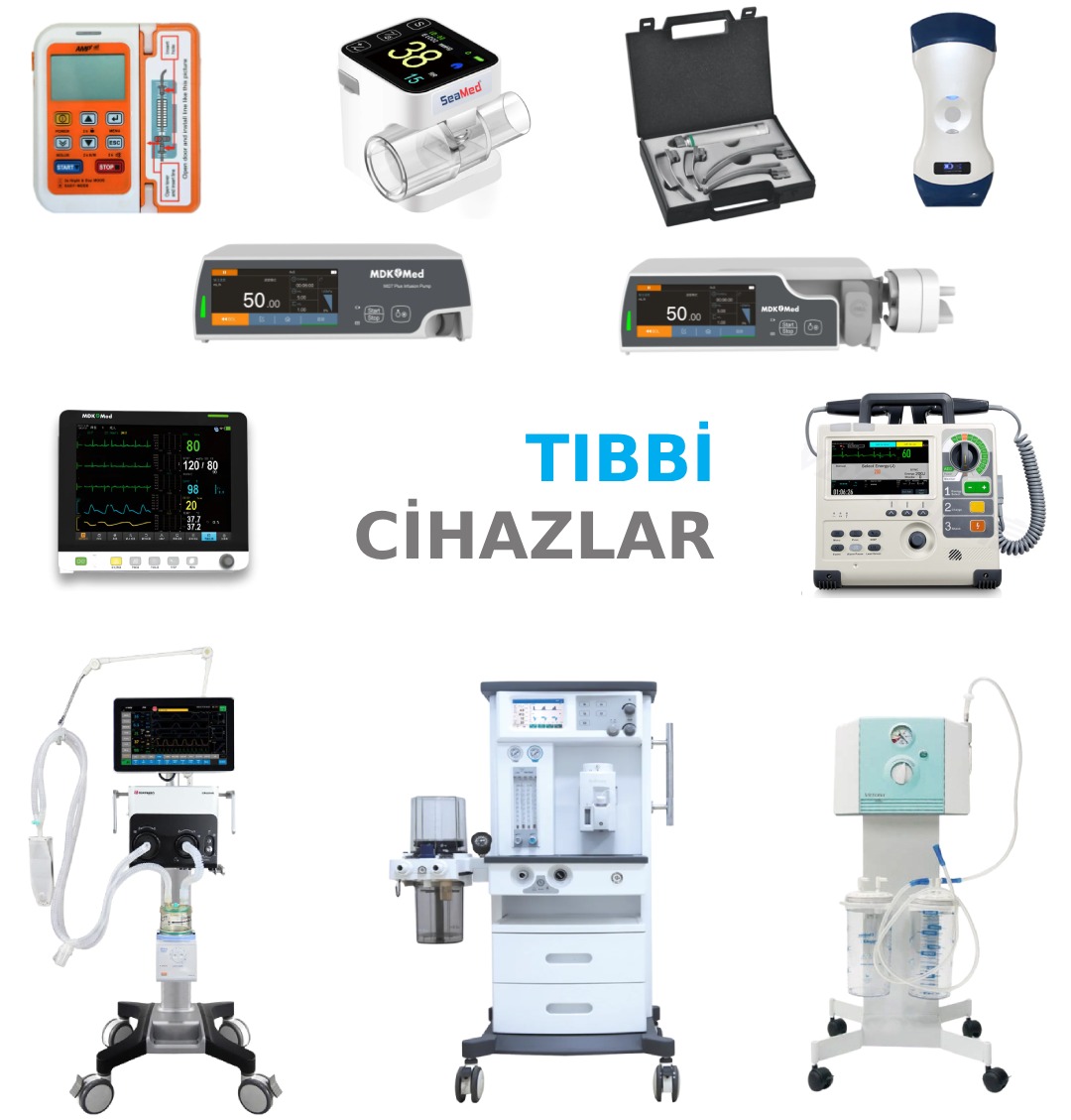
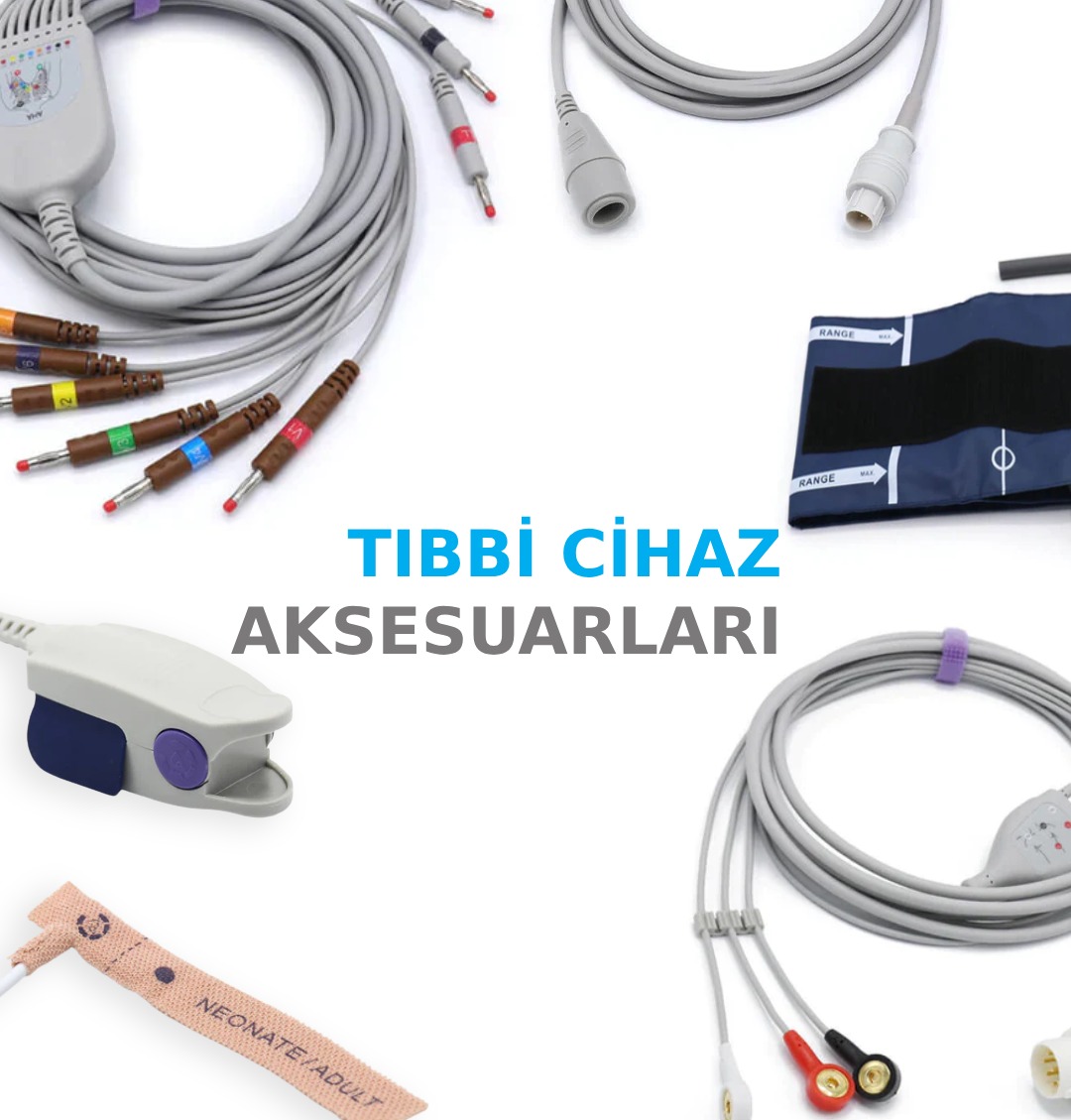
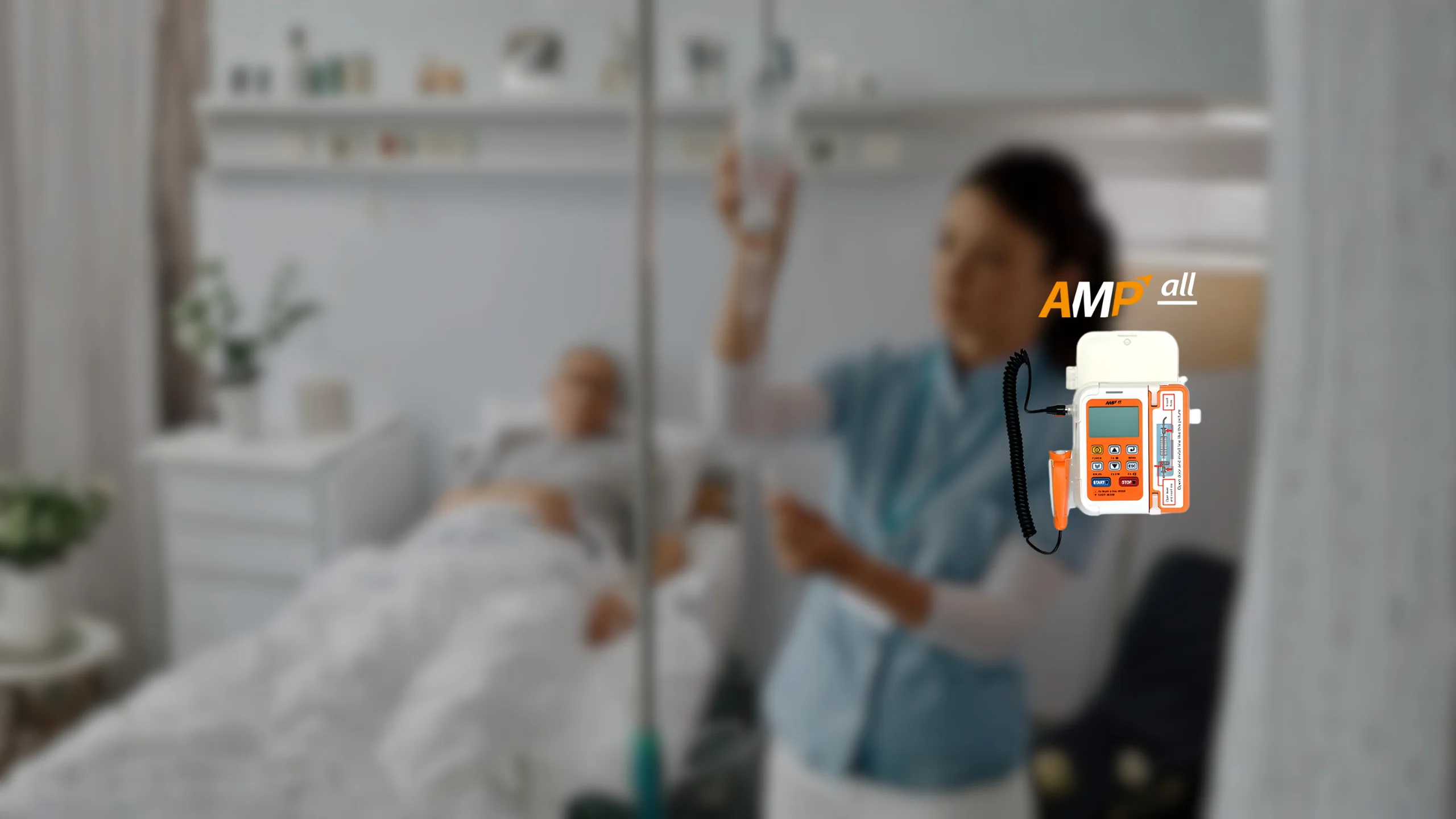
Güney Kore menşeili Ampall PP-9900 PCA Ağrı Pompaları mikroişlemci kontrollü yapısı ile güvenli bir kullanım sağlar.
DETAYLI İNCELE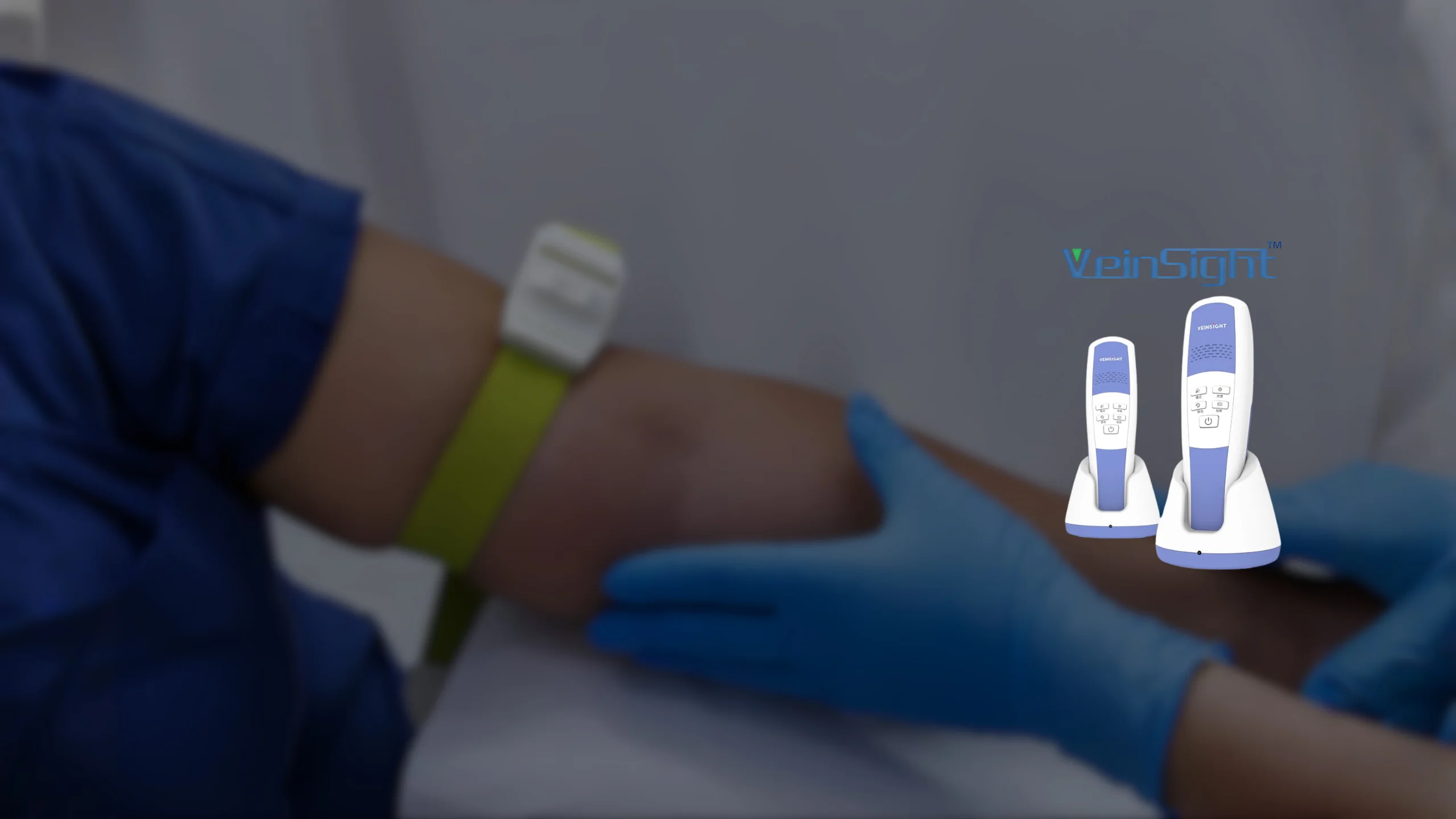
Veinsight Damar Görüntüleme Cİhazı İle Yenidoğan & Pediatri Hastalarında Üstün Ven Görüntülemesi
DETAYLI İNCELE
HR-501 AED Cihazı acil müdahale için tasarlanmış güvenilir yaşam desteği
DETAYLI İNCELE
Mainstream ve Sidestream Ölçüm Yöntemi ile Çalışan Kapnografi Cihazları
DETAYLI İNCELE
Yeni Yoğun Bakım Bilgi Sistemine Uygun, HL7 Altyapısına Sahip Northern Crius V6 Yoğun Bakım Ventilatörü
DETAYLI İNCELE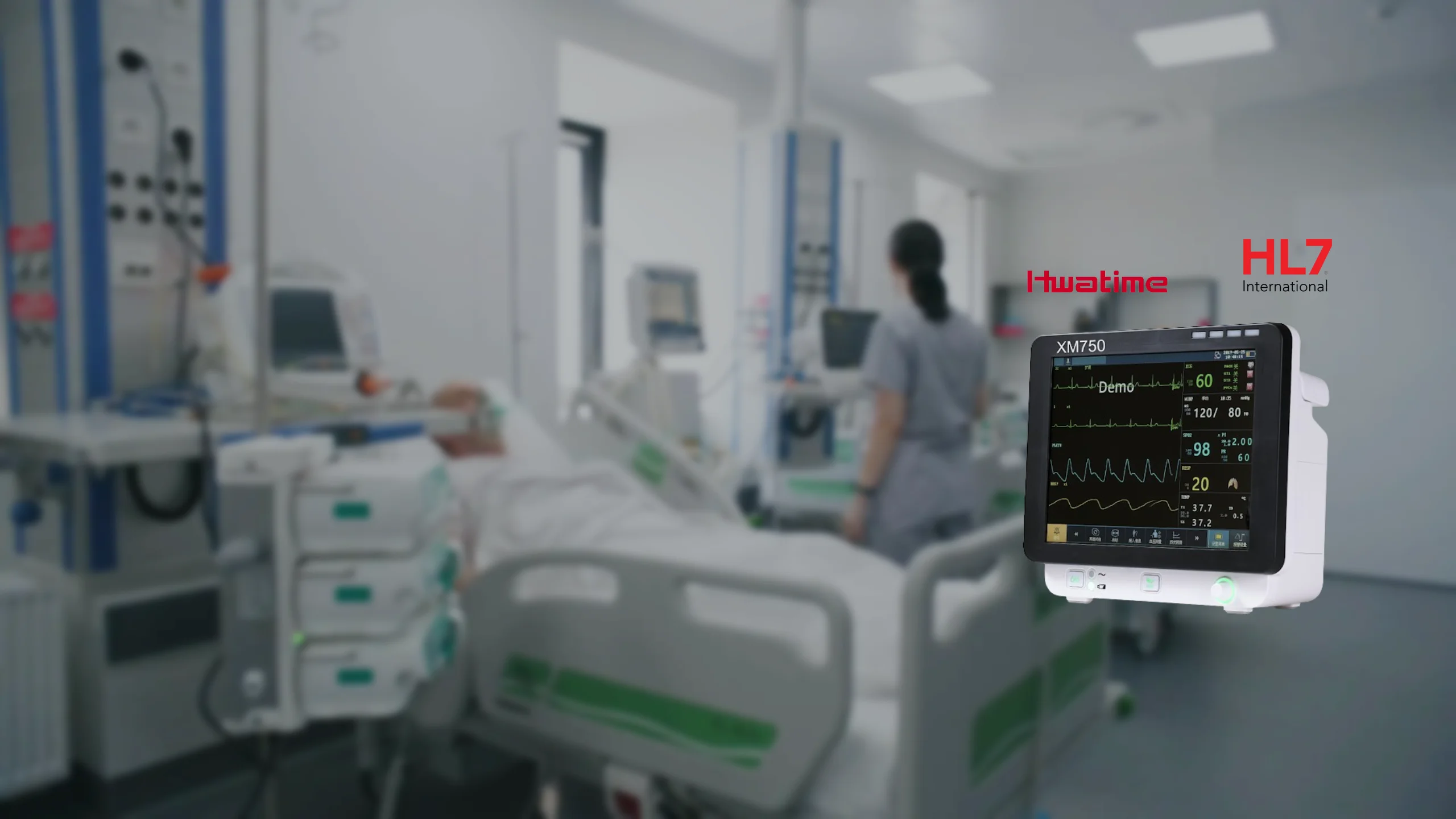
Yeni Yoğun Bakım Bilgi Sistemine Uygun, HL7 Altyapısına Sahip Hwatime XM750 Hastabaşı Monitörü
DETAYLI İNCELE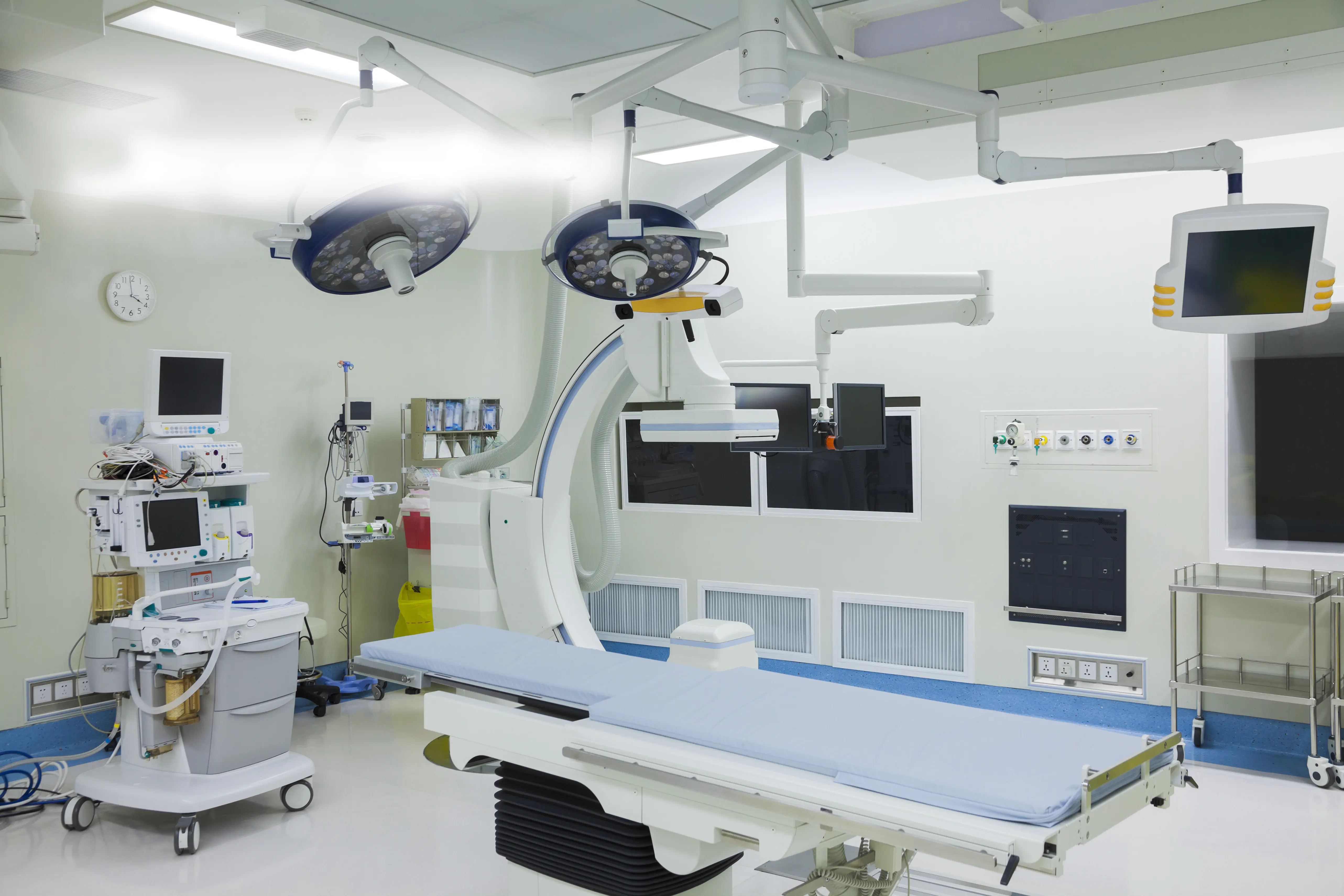
Hayat kurtaran ameliyatların gerçekleştiği yerler olan hastane ameliyathaneleri, özenle tasarlanmış ve teknolojiyle donatılmış olmalıdır. Denizler Medikal ..
DAHA FAZLA
Denizler Medikal kurulduğu günden itibaren kendini geliştirmeye ve büyümeye hız kesmeden devam etmekte ve anahtar teslim hastane projeleriyle hem yurt i..
DAHA FAZLA
Sağlık sektöründe fark yaratmak için Denizler Medikal olarak buradayız. Tıp merkezi ve poliklinik projelerinde öncü çözümle..
DAHA FAZLA